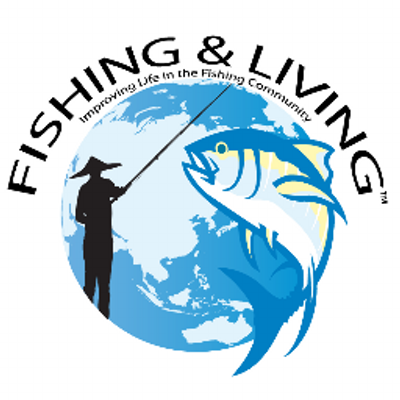November 2014
What are target and limit reference points?
A Reference Point is a benchmark value that helps managers decide how the fishery is performing and is often based on an indicator such as fishery stock size or the level of fishing. Fisheries scientists conduct a fishery stock assessment to provide estimates of a fishery stock size and fishing mortality over time. Reference Points serve as a standard to compare those estimates based on our understanding of the biological characteristics of the targeted species. Reference points can mark a limit, which represents a level that managers aim to avoid, or a target, which managers strive to achieve and maintain.
Limit Reference Point– similar to a red light. When you approach it, you stop. It is a fishery stock size or level of fishing that managers do not want to reach or exceed. It typically considers only the biological state of the stock.
Target Reference Point– similar to a green light, but more like a bull’s-eye on an archery target. It is a fishery stock size or level of fishing mortality that we aim for. It incorporates biological, ecological, social, and economic considerations. It should never be lower than the Limit Reference Point and should be sufficiently higher to ensure managers have a buffer to account for uncertainty.
What are Harvest Control Rules?
A Harvest Control Rule is a pre-agreed action to be taken by a management body designed to achieve a medium or long-term target reference point while avoiding reaching a limit reference point. Simple Harvest Control Rules can be described as an “if, then” statement. An example of a very simple Harvest Control Rule would be “if the fishery stock level falls below the target level, then the level of fishing must be reduced by 20 percent.” Managers may additionally agree in advance what the specific management actions are to reach that 20 percent reduction in the level of fishing, such as a regional closure or gear restriction.
Why are Harvest Control Rules and reference points important?
Using pre-established Reference Points and Harvest Control Rules minimizes excessive decision debates on allowable catch or effort levels from the complicated annual political negotiation that is currently common, allowing managers to act quickly and decisively when the fishery reaches a pre-defined state (e.g. limit or target reference point).
What is a Harvest strategy?
A Harvest Strategy represents the basic guidelines that stipulate how managers go about setting general harvest levels or allowable fishing levels. The choice of Harvest strategy affects the yield from the fishery and the risk of overfishing. Efforts to define Reference Points and Harvest Control Rules help to clearly inform the Harvest Policy.
Recent Posts
Helmets Distribution to Fishermen’s Children in Local Communities in Bali
We distributed helmets to all fishermen children in two local coastal communities in Bali. The main goal of this event […]
Read moreAnova FoodNominated for Award of Corporate Excellence (ACE) by Secretary Hillary Clinton
The Award for Corporate Excellence (ACE) is given annually by the U.S. State Department to American companies who exhibit good […]
Read moreSchool Children Awareness Programs in Awareness Lombok
June 2012 We hosted an event coinciding with World Ocean Day and Coral Triangle Day. The event was to raise […]
Read more